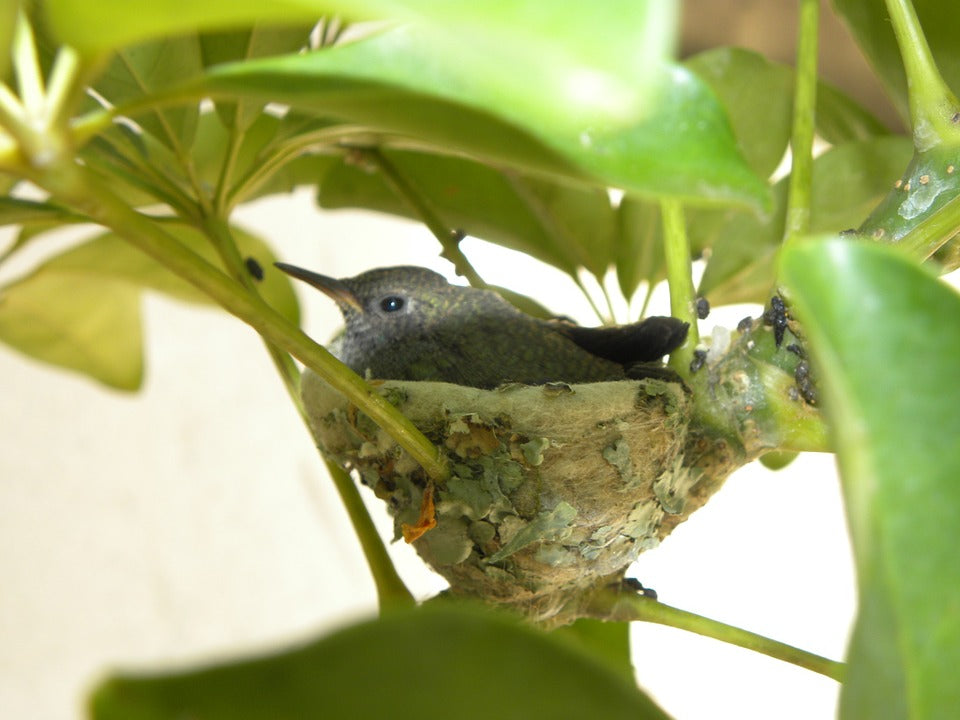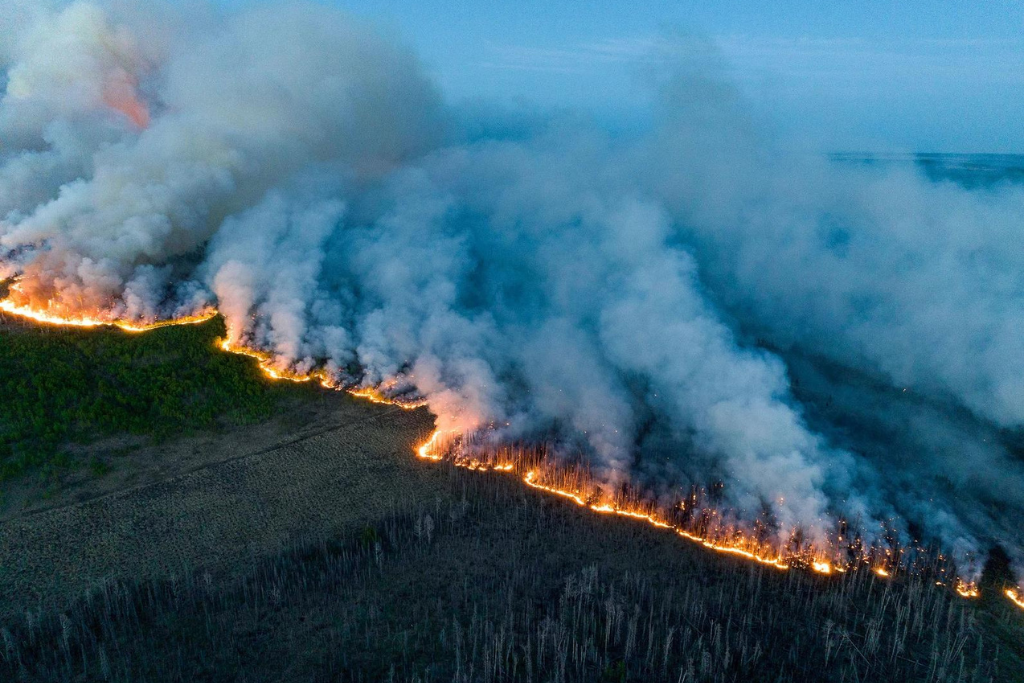Offer
Provide additional details about the offer you're running.
Provide additional details about the offer you're running.
Provide additional details about the offer you're running.

Much like their inhabitants, hummingbird nests can be quite difficult to locate and identify. As you can imagine, the size of the nest of a hummingbird is actually quite small and can easily be missed, even by the most trained eye.
The reason they are so difficult to find goes beyond just the size of the nest itself. The hummingbird's nest blend in very well with their surroundings, often in a tree, which can often look as plain as a bump or a knot in a tree branch.
Where to Look for Hummingbird Nests
Like many other nests, your best bet is to start looking in your trees, if you know you have a local group of hummingbirds. They will often construct their nests in forks and other well-hidden locations in trees close by to food sources. Although trees are a common place for nesting, be sure to also monitor small plant branches, shrubs, and bushes. Keep in mind, these nests are very small, so not much strength is needed to support them.
The Construction of Hummingbird Nests
While this can vary across many different species of hummingbirds, they all share some basic similarities in construction. Female hummingbirds are 100% in charge of designing and constructing the nest to raise their young and use a variety of materials to create a very dense cup-shaped nest. Moss and lichen, spider silk, bark, leaves, fuzz, and feathers are all common materials from which the female will construct her nest. If you are lucky enough to spot a female early in the nesting season and monitor her movements, you may be able to identify potential nesting sites. Females will continually land and take off from potential areas to ensure the site is stable and strong enough to support her nest and young.
Keeping your feeders full of hummingbird nectar is a sure-fire way to keep these birds close by and encourage local nesting if your property provides them with adequate shelter, water, and food to raise their young.
High Quality Blend

